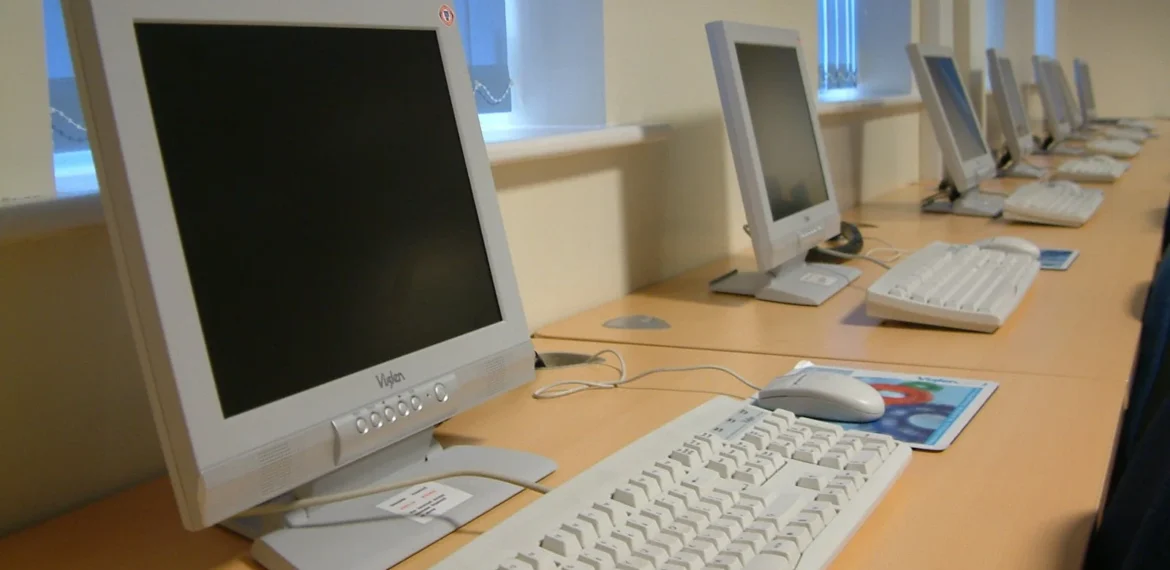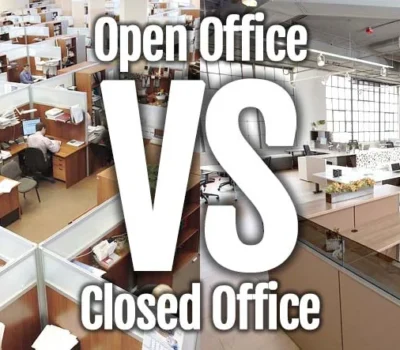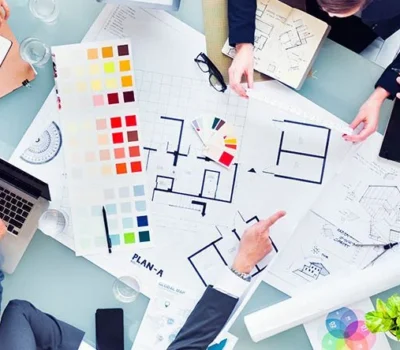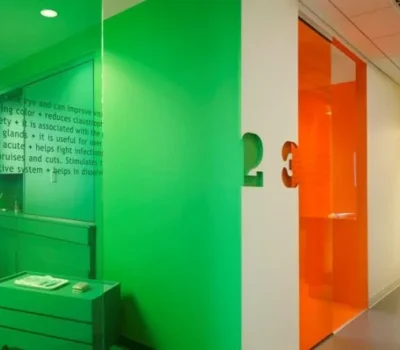When it comes to office interior design, there are no hard and fast rules or set instructions on what to do correctly or otherwise.
There are plenty of expert designers that have their own styles and systems in place, but what works for one interior space may be completely inappropriate for another. Every office interior poses different challenges and different needs.
Within this article, we explore 12 office interior design suggestions that are known to improve space, increase functionality, and make the office environment more conducive to productivity whilst inside the confides of a comfortable and inspiring atmosphere. Follow the suggestions as listed below to maximise the interior design of your workplace and get the most from it.
1) Budget
The first and most influential contributing factor to designing your office layout is the budget that you are able to work with. You will need to plan for items such as furniture, employee workstations, office equipment, painting and decorating and much more. So right off the bat, know your budget and what you can allocate to redesigning your workplace.
2) Rethink the Space
Another key concept that you can implement that is practical and easy to do is to go back to the drawing board, and ask yourself – how you can change your office within the given square footage available and make it better?
Be creative and think outside of the box. You can do things like alter ceiling heights, remove walls and walkways, optimise cubicles and add moveable partitioning to create an adaptable and flexible office environment.

3) Defined Areas
Be aware of the more obvious factors when it comes to an office space and that is planning and defining certain areas of the space for specific uses.
You will need to consider items like meeting rooms, offices, cubicles, reception areas, visitor seating, kitchens, workstations and breakout areas. Plan wisely and be sure these individual areas are given their own space in the most appropriate setting.
4) Encourage Collaboration
It’s important to ensure your staff are comfortable and able to come together on projects as and when required. But it’s also important to give them space and privacy during other times too.
The old concept of cubicles has died a slow death and has proven to be a huge negative at work.
Creating workspaces that promote collaboration, innovation, and creativity work well and will improve your office tremendously, not to mention improve staff wellbeing, mental health and happiness at work.
5) Plan for Now & The Future
When you implement a new office design, you will need to have one eye on the present as well as the future. This is a challenging conundrum but one that an be overcome.
You will need to know ahead of time how you plan to use space in the future if your business or industry is going in a certain direction. This may be influenced by technology, working methods or a shift in working attitudes.
You will also want to ensure there is adequate storage space requirements, access to power supplies and the ability to be flexible to change spaces or optimise them for extra uses. Free standing screens are a great way to implement this concept.

6) Hide Cables
With modern offices being filled to the brim with computers, printers, monitors, and other electrical equipment, it’s important to hide unsightly items such as network and power cables.
It may seem hard but it is possible to lower the amount of exposed wires by using integrated cabling systems hidden into customised desks.
7) Employee Wellbeing
It has been well documented that good office design enhances the well-being and productivity of your employees.
You will want to put certain things into consideration like lighting (natural and artificial), air purifying plants, heating and cooling systems, collaboration and meeting areas as well as private and relaxation areas. Ergonomic furniture has also been proven to help employees too.
8) Lighting
It has been scientifically proven that a lack of natural sunlight will impact a persons mood and productivity hugely. This is why it is important to cut down on glare and energy costs associated with overhead lighting and to improve such things as natural lighting with windows, skylights as well as glass partitioning.
9) Furniture
It is important to spend properly on furniture and to think of the long-term effect of wear and tear, as well as comfort and presentation
People who purchase budget furniture will experience issues with them deteriorating quickly and there are also health problems associated with cheap types of furniture like back pain, bad posture and general physical discomfort.
10) Storage
You will most definitely need to take storage space into consideration when working on your office design. Take into consideration things like filing cabinets, desk pedestals, a storage wall and even a resource for stationery and other supplies.
11) Choose the Right Colours
Choosing certain colours can have a dramatic effect on the mood and productivity of employees.
You can use colour to help motivate your workers with shades of oranges or reds to boost energy, blues to improve focus or greens for comfort, calm and serenity. Artwork can also help the mood of employees and stimulate creativity.
12) Branding
An office space should reflect the industry and the culture of the organisation. You can use things like branding to help enforce the image and industry of your company. This can make employees feel closer together and reinforce the objectives of their work.




